Autumn is like a charming painting, with various wild flowers competing to bloom. There are bright yellow chrysanthemums, white gardenias, light purple thistle flowers, and dark purple evening primroses. There are also wild fruits in different colors, such as red goji berries, purple-black solanum fruits, bright red wild jujubes, purple-red guo fruits, and yellowish wild persimmons. On weekends or holidays, take your family to the fields and mountains for a trip, enjoy the beautiful scenery of blooming flowers and the fragrance of wild fruits. This not only exercises the body and relaxes the mind but also cultivates a leisurely and refined temperament. You can also enhance your enjoyment of life by collecting and making wildflower tea and wild fruit tea. It is a joyful and rewarding experience that not only satisfies your taste buds but also promotes health and longevity.

Goji Berry Tea In spring, the green shoots and stems of goji berries can be stir-fried to make goji berry shoot tea. Its fragrant and slightly bitter taste is captivating, and it has the effects of invigorating the spleen and replenishing qi, protecting the liver and nourishing the kidneys. In late autumn, the leaves on the branches of goji berries have fallen off, leaving only clusters of bright red fruits. Although these wild goji berries are not as big and well-shaped as cultivated goji berries, they grow in the fields and hills without the pollution of chemical fertilizers and pesticides, so they have a pure and robust flavor. During autumn outings, you can collect them, wash them, and dry them in the sun. You can make fresh goji berry tea or sun-dry them to make dried fruit tea. Goji berries, known as "goji seeds" in traditional Chinese medicine, have a sweet and mild taste. They have the effects of nourishing the liver and kidneys, nourishing the lungs, and other health benefits. Regular consumption can replenish the liver and kidneys, alleviate fatigue and internal heat, lower blood sugar, fight against fatty liver, and enhance immune function.

Chrysanthemum Tea Chrysanthemums, also known as mountain chrysanthemums, roadside yellow flowers, or September chrysanthemums, can be found along the roadside, slopes, and mountains from early autumn to deep autumn and early winter. They are clusters of bright yellow flowers, and their fragrance is refreshing and pleasing. During autumn outings, you can easily collect some chrysanthemums and dry them or steam them to make tea. The tea has a golden and striking color and a fragrant and slightly bitter taste. Chrysanthemums have the medicinal properties of bitterness, pungency, and coolness. They have the effects of clearing heat and detoxifying, dispelling wind and heat, promoting blood circulation, improving eyesight, and reducing blood pressure. Regular consumption of chrysanthemum tea can prevent colds caused by wind and cold, and lower high blood pressure. It also has significant effects on treating hepatitis, dysentery, carbuncle, and sores. In addition, dried chrysanthemum flowers can be used as pillow fillings. Regular use has the functions of enhancing brain function, improving eyesight, and preventing insomnia.

Thistle Flower Tea Thistle flowers, also known as thorny branches or thorny fruit, are deciduous shrubs or small trees. They are often found in the mountains, rock crevices, and ditches. The flowers are light white or light purple, giving off an elegant and refreshing scent. The flowers are rich in essential oils and have a fragrant aroma that is invigorating to the mind and body. Thistle flowers can also be collected, dried, and used to make tea. Before brewing, you can add a little thistle flower honey to the tea. The tea is sweet, refreshing, and has a long-lasting aftertaste. Thistle leaves have a cooling and calming effect. Drinking thistle flower tea in the transition from autumn to winter can prevent influenza and dysentery, as well as relieve cough, phlegm, and sore throat.

Guo Fruit Tea Guo trees, also known as chu peach trees, are deciduous trees with strong adaptability and stress resistance. They can be found along the roadside, slopes, irrigation ditches, and even in wall and rock crevices. When you break off a branch or leaf, it exudes a white juice. When the guo fruits ripen in late autumn, they are round and covered with fluffy flesh that is bright red, swaying among the branches and leaves, attracting birds to come and peck. Guo fruits have a sweet and sour taste. In traditional Chinese medicine, they are called chu shi zi or guo shu zi. They have the effects of nourishing the kidneys, strengthening tendons and bones, improving eyesight, and diuresis. They are often used to treat conditions such as weak waist and knees, kidney deficiency and blurred vision, impotence and premature ejaculation, and edema. When you go to the mountains for an outing, wear gloves, collect a bag or two, wash and dry them, and then boil or steep them to make tea. The tea has a warm and bright red color, which is soothing to the heart. If you find the taste too sour, you can add some guo flower honey to it. It has a unique flavor and is more enjoyable than other fruit teas.

Wild Jujube Tea Wild jujubes, also known as sour jujubes, mountain jujubes, thorns, or ge zhen ke zi, are shrubs or small trees. They can often be seen in the mountains, and their tangled branches and thorns can easily tear people's clothes and scratch their hands and feet, making farmers hate them. In late autumn, wild jujube trees bear clusters of bright red fruits. The flesh is sparse, and most of the fruit is occupied by round and hard pits. The taste is sour. Despite being overlooked by many, these wild mountain jujubes are valuable. They have high nutritional and medicinal value. The ancient Chinese medical book "Shennong Ben Cao Jing" recorded early on that they can "calm the five viscera and prolong life". They have the effects of nourishing the liver, calming the mind, stopping sweating, and are commonly used to treat conditions such as neurasthenia, restlessness and insomnia, frequent dreams, night sweats, and easy startle. When you go to the mountains, collect a bag or two, wash and dry them, and then boil or steep them to make tea. The tea has a heartwarming and bright red color, which is pleasing to the eye. If you find the taste too sour, you can add some jujube flower honey to it. Its unique flavor is endless.



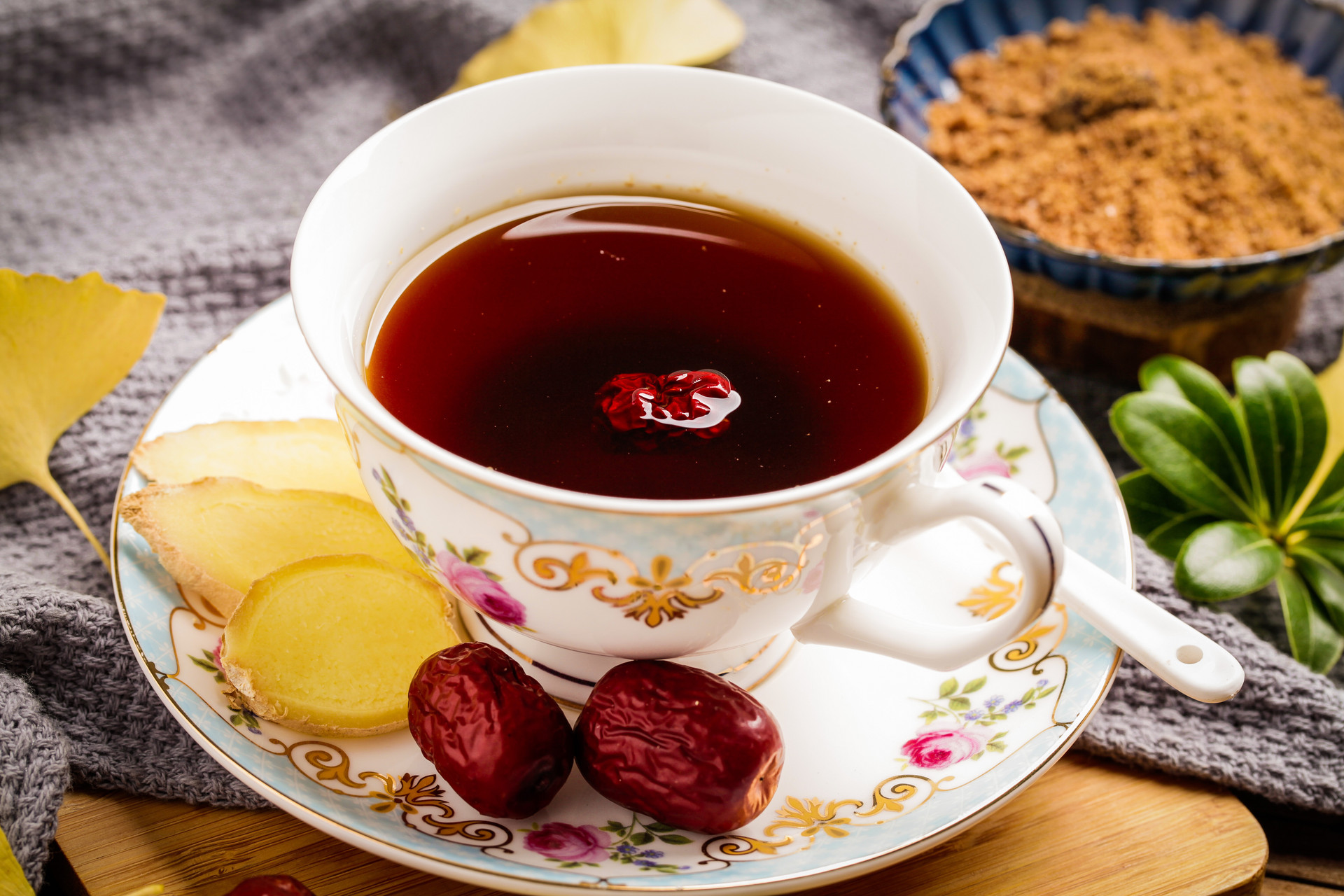
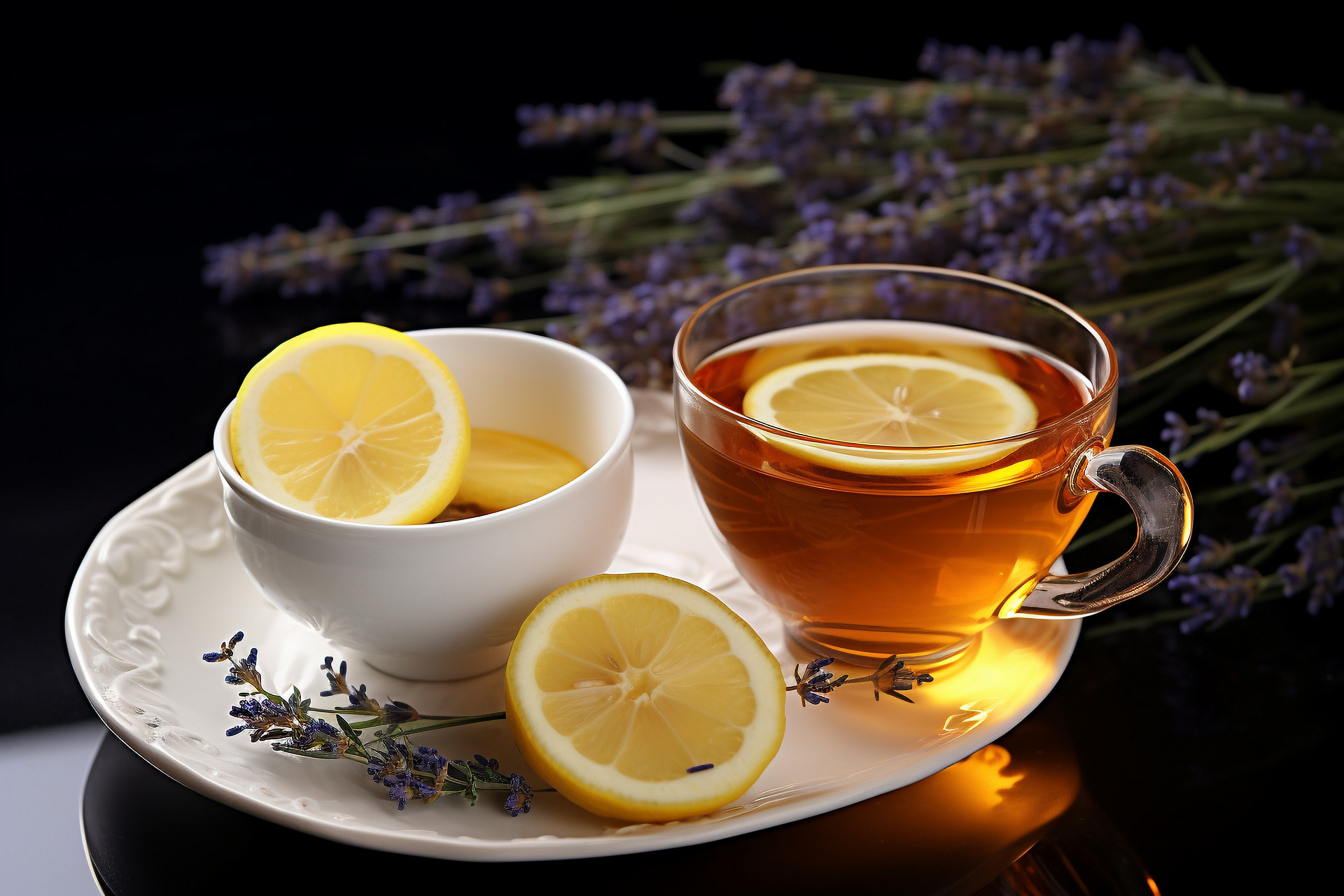
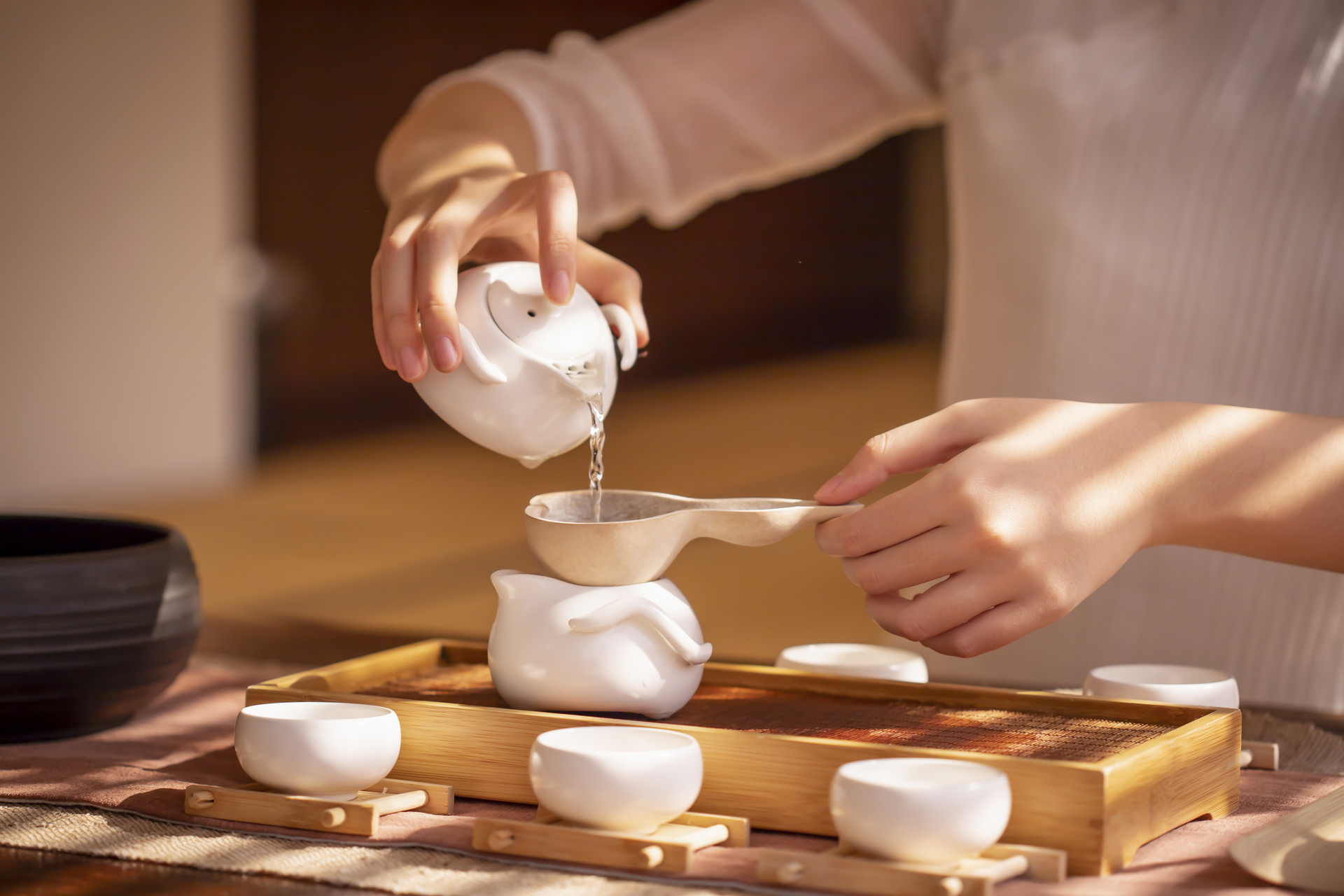
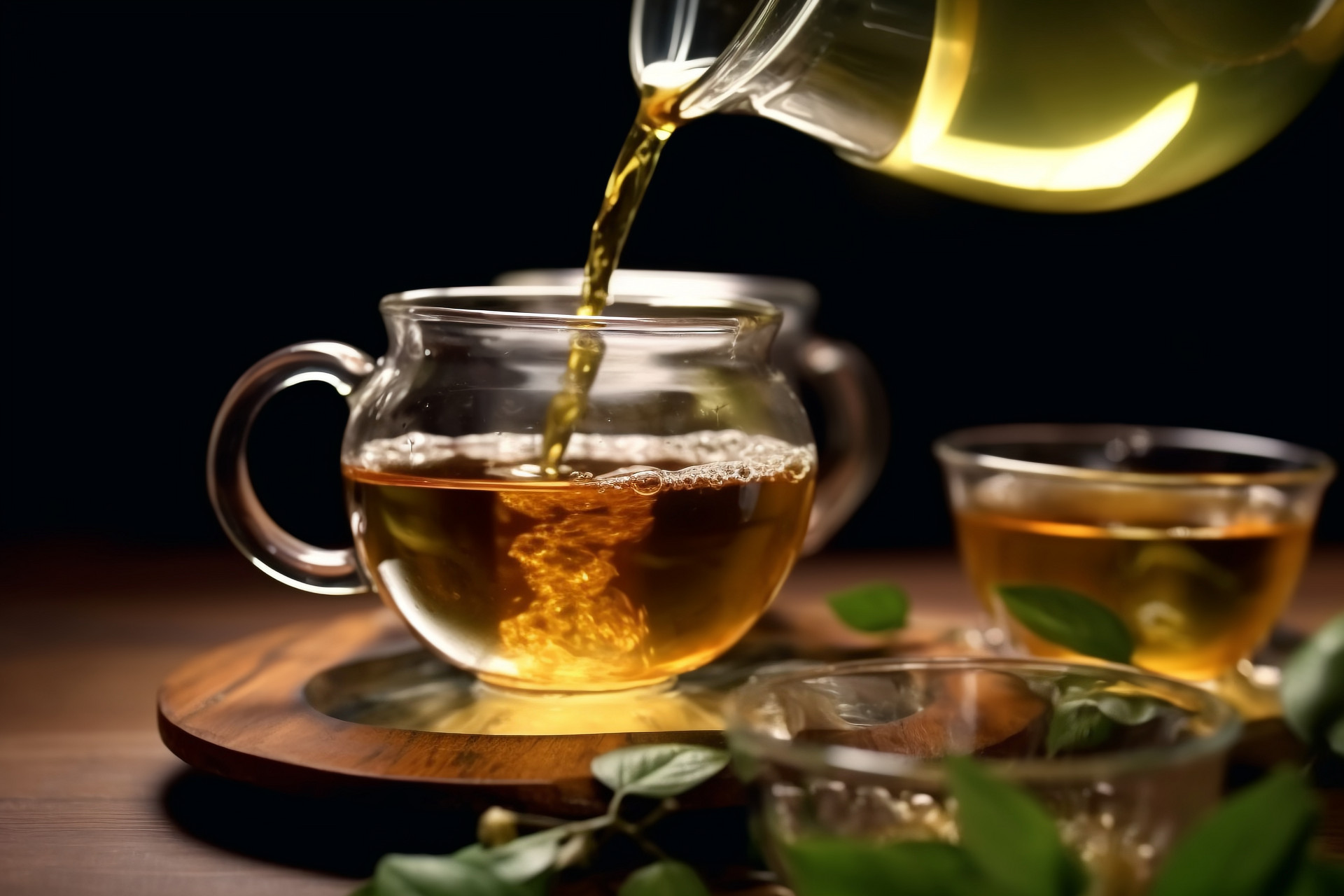

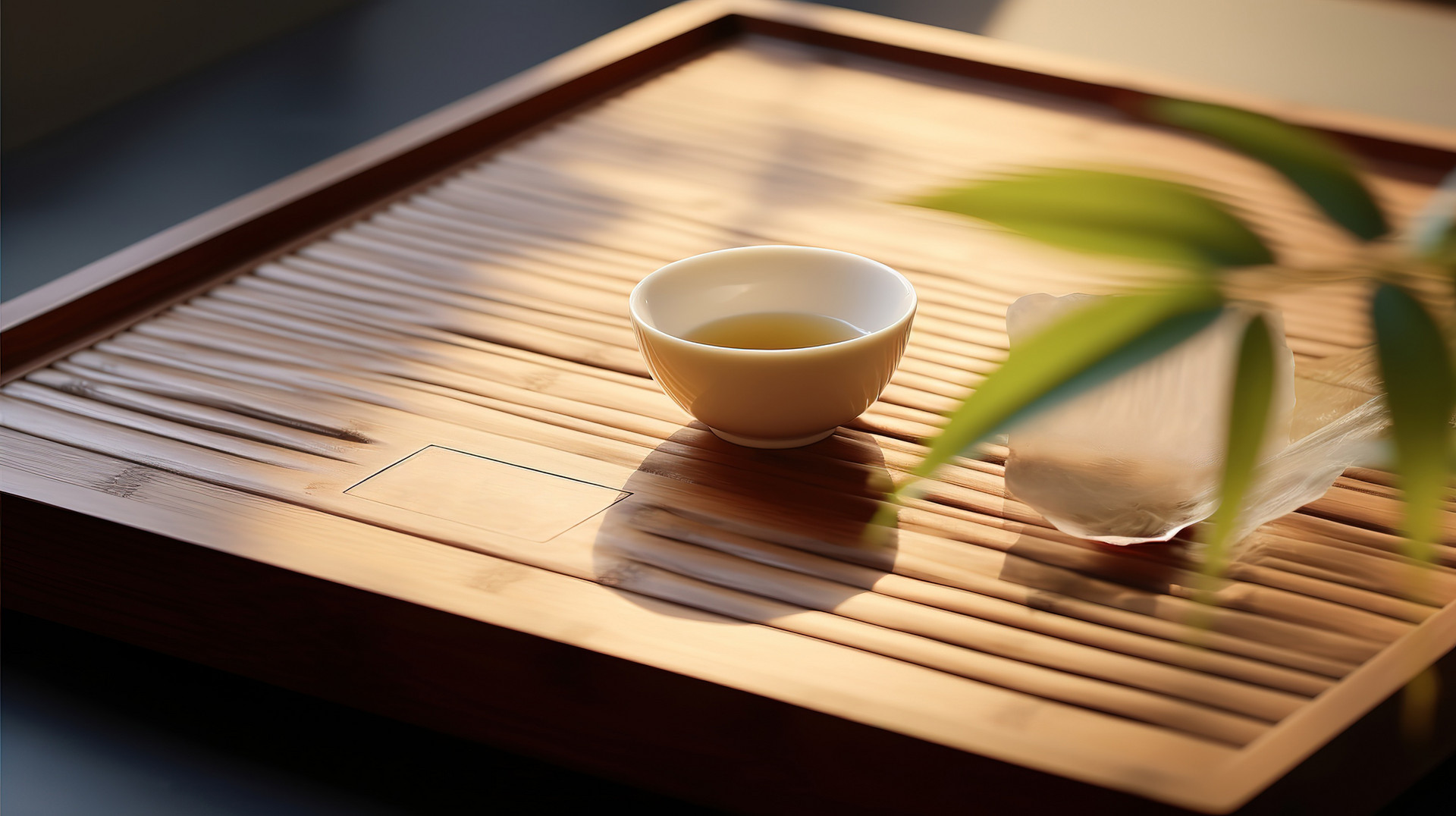
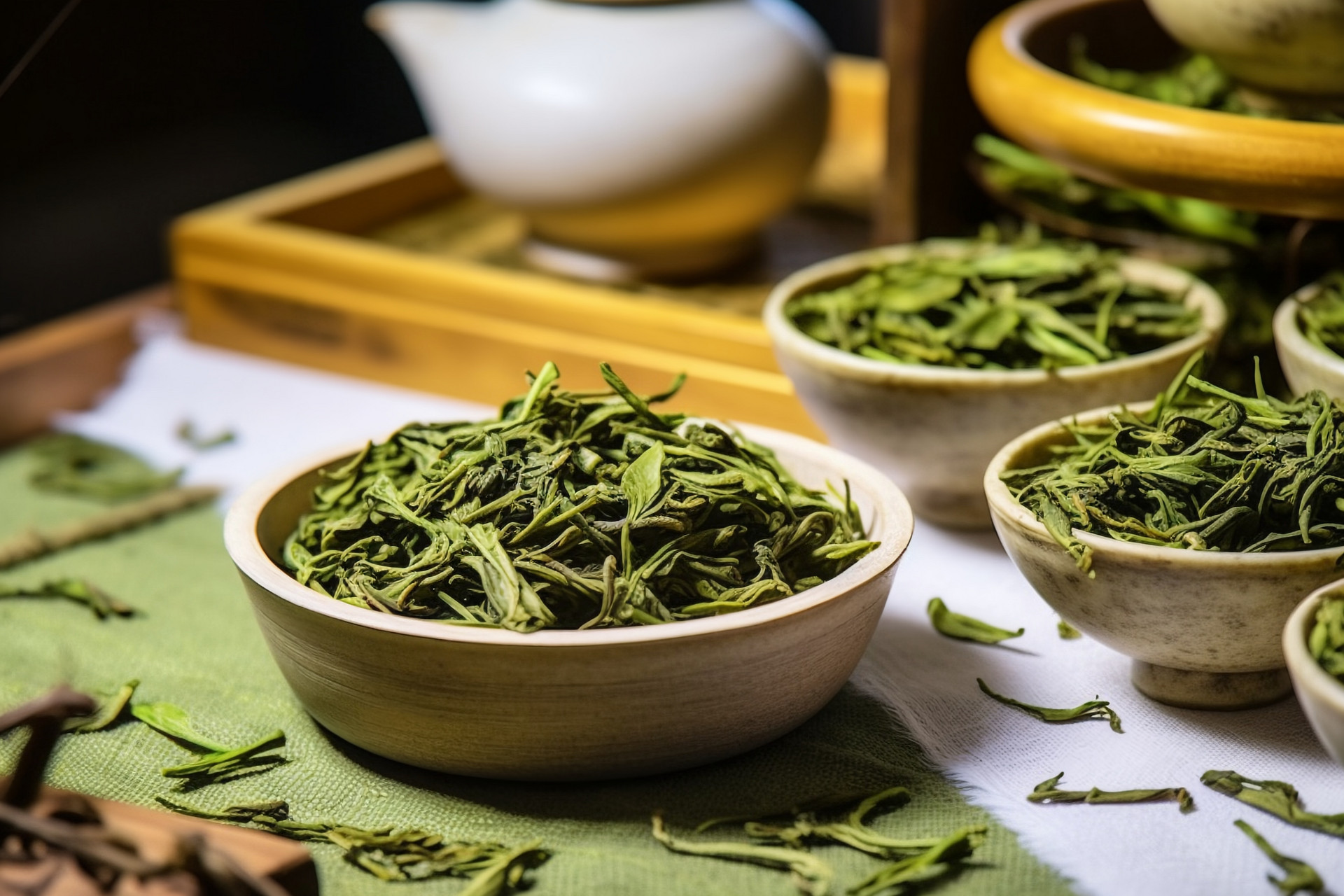
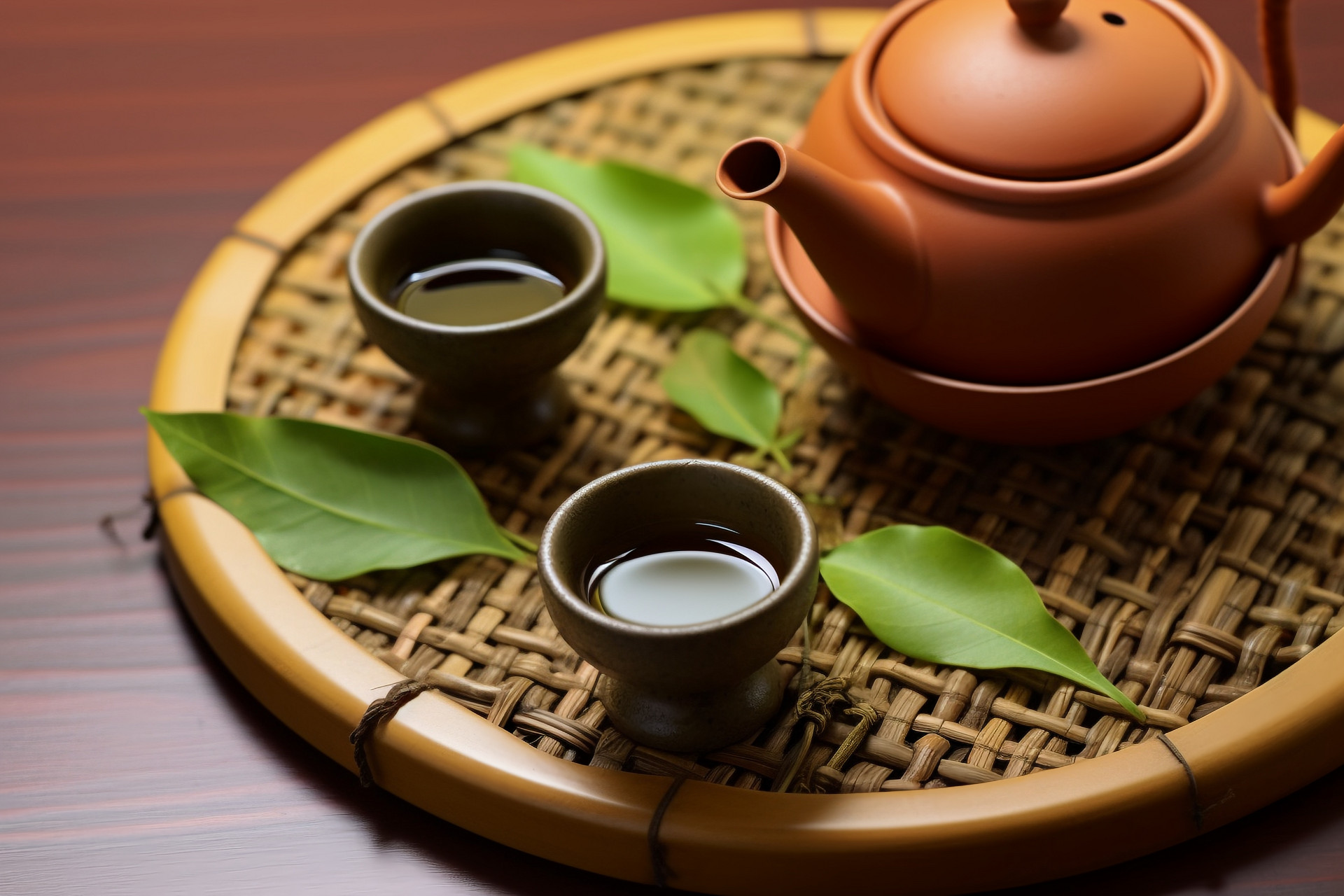
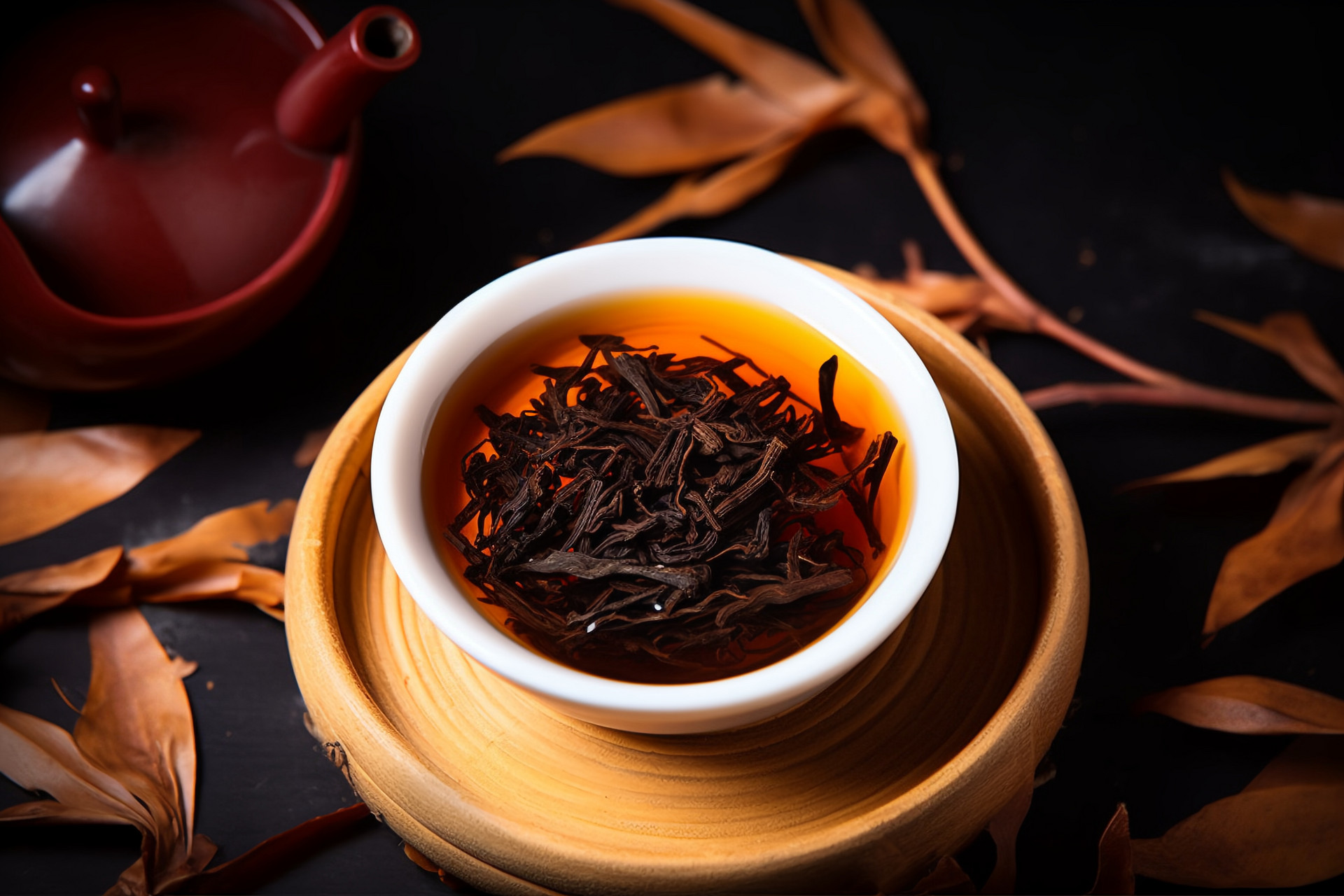
![[Herbal Wine Recipes for Health and Beauty]](https://tcmmaintenance.com/uploads/20240715/7241f6b6eafdaed88c28b26a37213964.jpg)